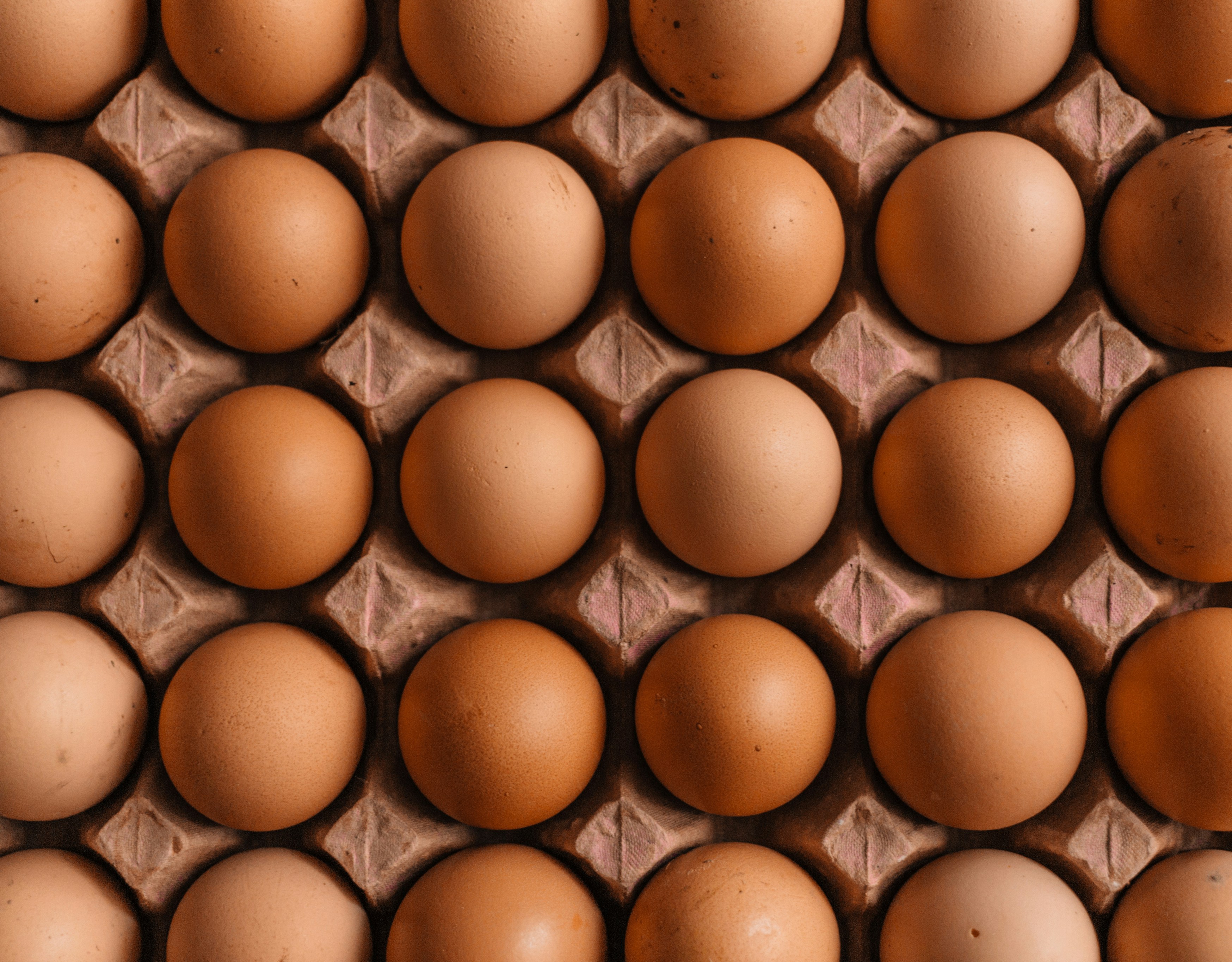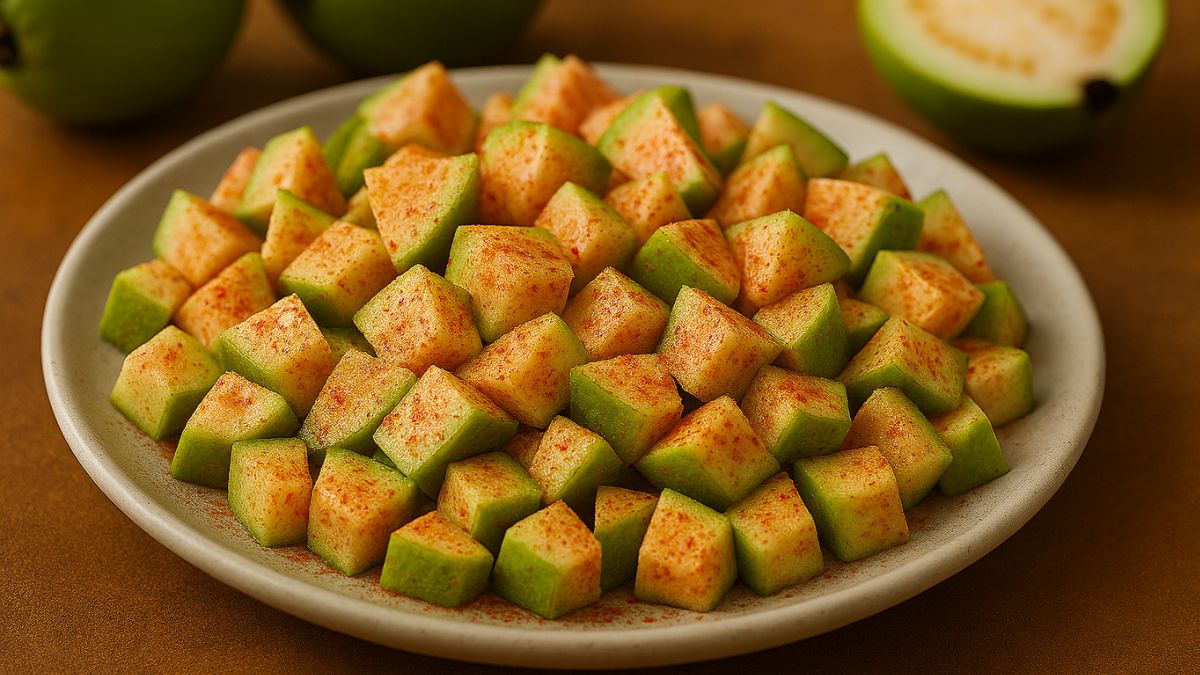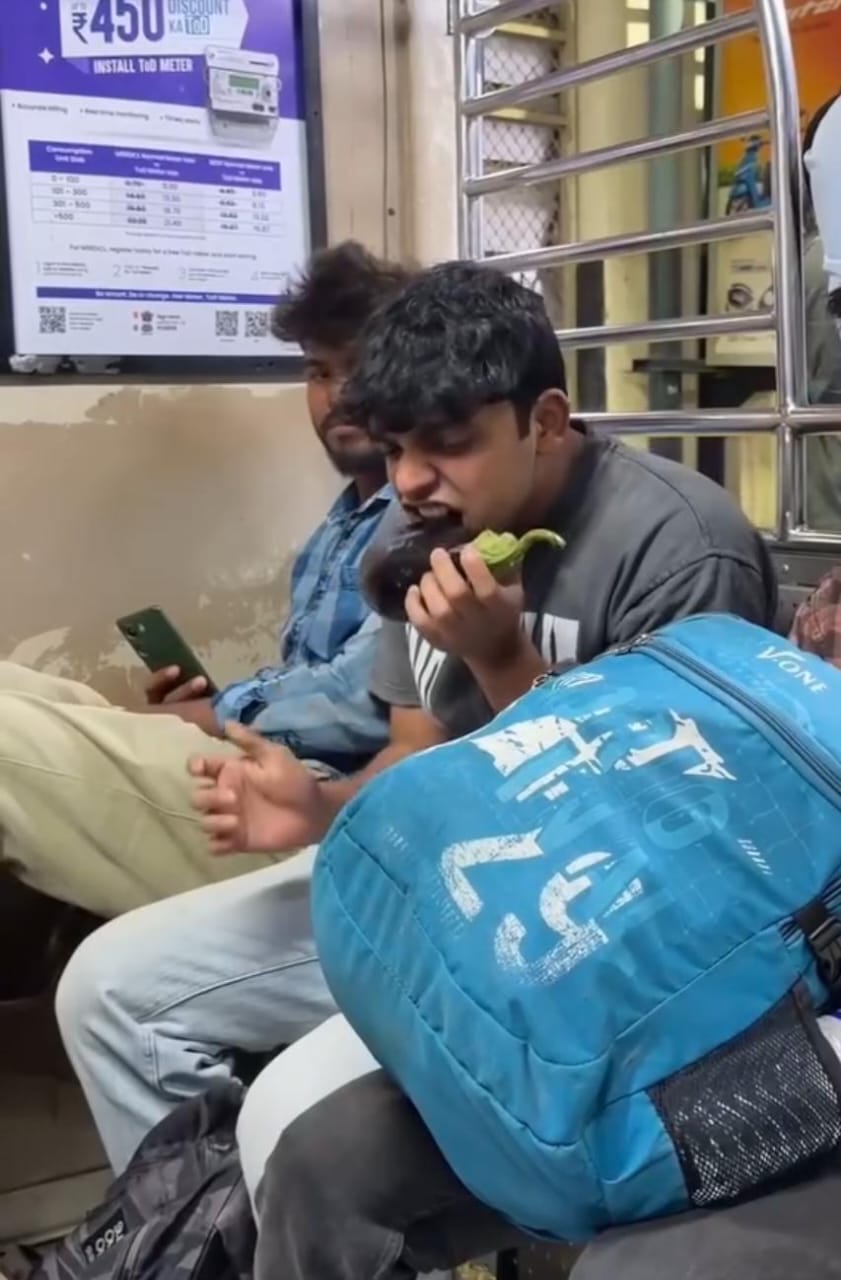Lentils (dal) have been an integral part of Indian cuisine since time immemorial. They not only add a dose of nutrition to any meal but are also extremely delicious. Not only this, there's an endless variety of dals that one can make. And one such staple dal commonly cooked in Indian households is urad dal or black gram. It is high in fibre, helps in improving digestion and can be used to make a wide array of delectable dishes. Urad dal is traditionally cooked in a pressure cooker as it yields the best results. However, if you don't have access to a pressure cooker and are wondering how to cook urad dal, fret not, we've got you covered. Here we bring you some tips that'll help you make that perfect bowl of urad dal without using a pressure cooker. Take a look.
Also read: Weight Loss: How To Make Urad Dal Without Oil To Shed Some Kilos (Recipe Inside)
Here're Some Tips To Cook Urad Dal Without Pressure Cooker:
1.Use A Microwave
If you do not have a pressure cooker and are running short of time, then using a microwave is the best option for you. Add 2 cups of water for each cup of dal in a microwave-proof bowl and cook for around 15-20 mins on high heat. (Don't forget to cover it with a lid.)
2.Cook On Stove Top
For this method, make sure to soak the dal for at least 1-2 hrs before you plan to cook it. This will allow it to become softer. To cook, use a ratio of 2:1 for water to dal. Once the water comes to a boil, lower the flame and allow it to simmer until it reaches the desired consistency.
3.Use A Copper Vessel
Another great way to speed up the process of cooking urad dal is to use a copper vessel. These utensils provide consistent heat throughout the cooking period and can yield similar results as a pressure cooker. However, keep everything ready prior to beginning this process as making urad dal in a copper vessel would make it hot sooner than your anticipation.
Also read: Urad Dal For Health: 8 Benefits Of Including Split Back Gram In Your Diet
4.Cook In Slow Pot
A slow pot, also known as a slow cooker, allows you to cook your food at a lower temperature than conventional cooking. This method may take some more time than the others but the result will definitely be worth it. Slow cooking allows the flavours to get fully infused into the dal.
So, what are you waiting for? Try out these tips and let us know how they worked for you in the comments section below.
About Vaishali KapilaVaishali finds comfort in eating parathas and rajma chawal but is equally enthusiastic about exploring different cuisines. When she's not eating or baking, you can often find her curled up on the couch watching her favourite TV show - FRIENDS.









